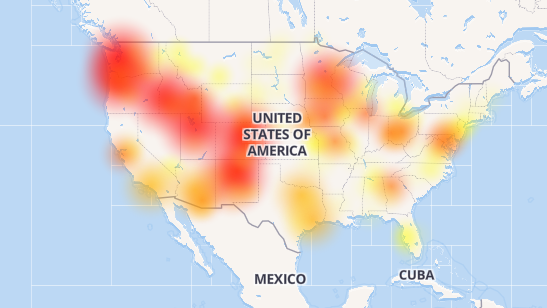Can America Still Build Big? A California Rail Project Raises Doubts - The New York Times: The need for increased infrastructure investment has been one of America’s few remaining bipartisan issues, although left and right differ over whether public money or private money would finance it. President Barack Obama made reinvesting in roads, bridges and power plants a cornerstone of the 2009 economic stimulus package, and during the 2016 presidential campaign seemingly the only disagreement Hillary Clinton and Donald Trump had on infrastructure was about which of their administrations would spend more on it. The issue unites truckers and train buffs, unions and Wall Street, economists from the left and right.
And yet, when it comes to spending the money — and actually getting things built — very little progress has been made. Following a brief spike during the recession, government investment has hovered around 3.3 percent of gross domestic product for the past few years, which is the lowest since the 1940s. In the meantime, roads, bridges and train tracks have gotten steadily older while proposals for new projects are delayed by political intransigence and legal delays.
The failure of the United States to timely modernize its legacy metallic telecommunications infrastructure built for the analog age of telephone and cable TV to fiber optic technology for the digital age is a pertinent example. Federal, state and local elected representatives uniformly proclaim the need is great with many at the state and local level saying it's the number one topic of constituent contacts. It's a major disconnect between what's needed and what's actually being built, reflecting the loss of America's moxie to think big and act big.
Meanwhile as the phone and cable companies incrementally upgrade their legacy infrastructures in search of high margin luxury "broadband speed" rents instead of bringing fiber to every doorstep as was the case with phone service, the nation is already a generation late and falling further behind where it should be in 2019. Fiber connections should have reached every home, school, business and government building by 2010 at the latest. The title of author Susan Crawford's recently published book Fiber: The Coming Tech Revolution―and Why America Might Miss It points up the tardiness of this vital infrastructure reboot. It's not just a hypothetical. As Crawford's book notes, compared to other nations it already has.
